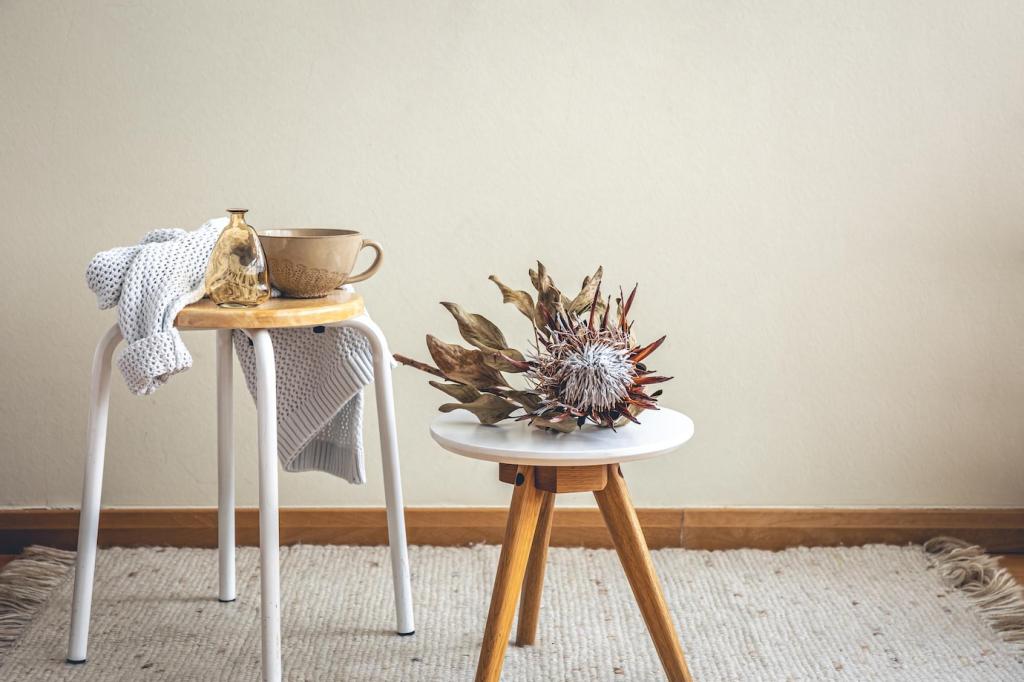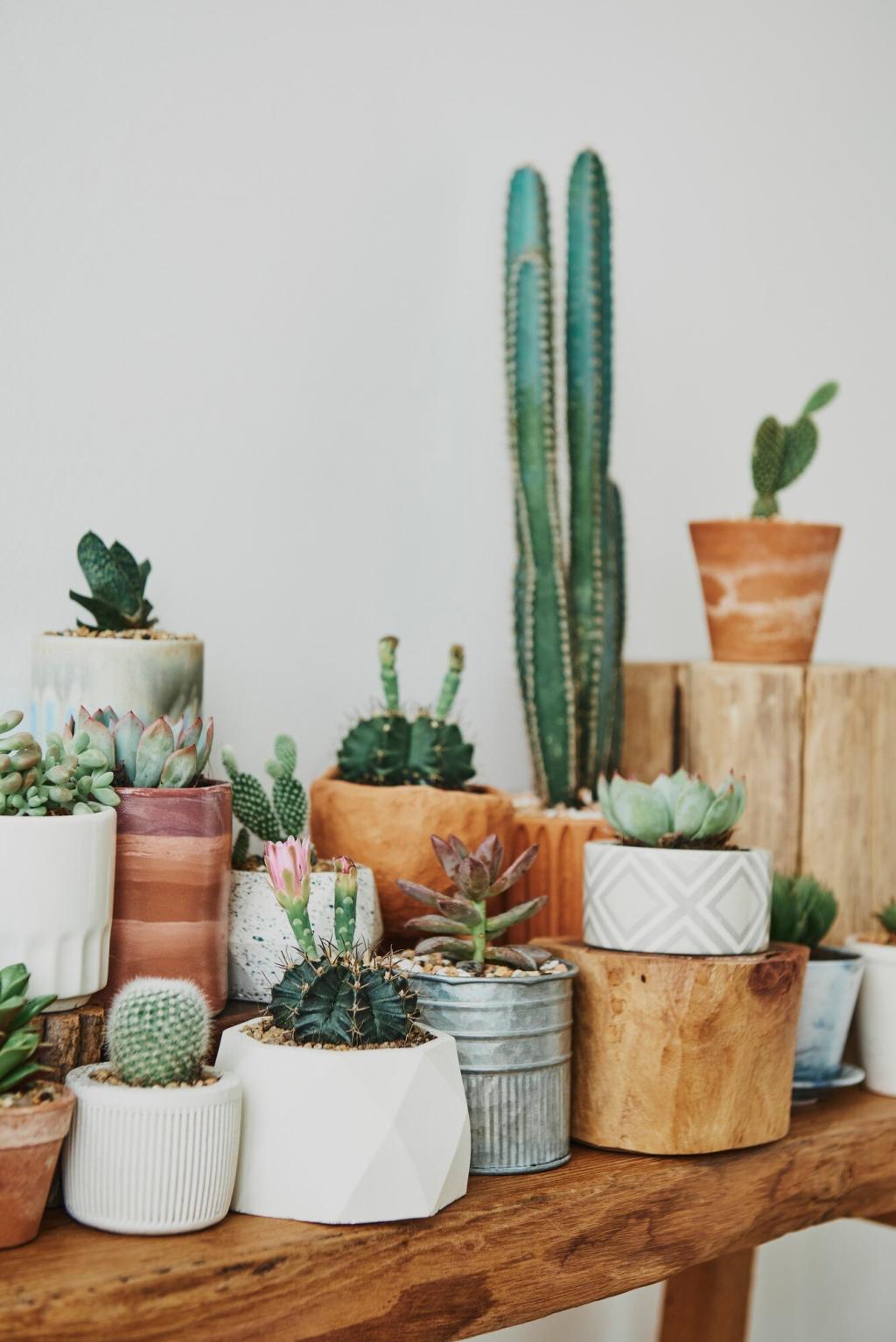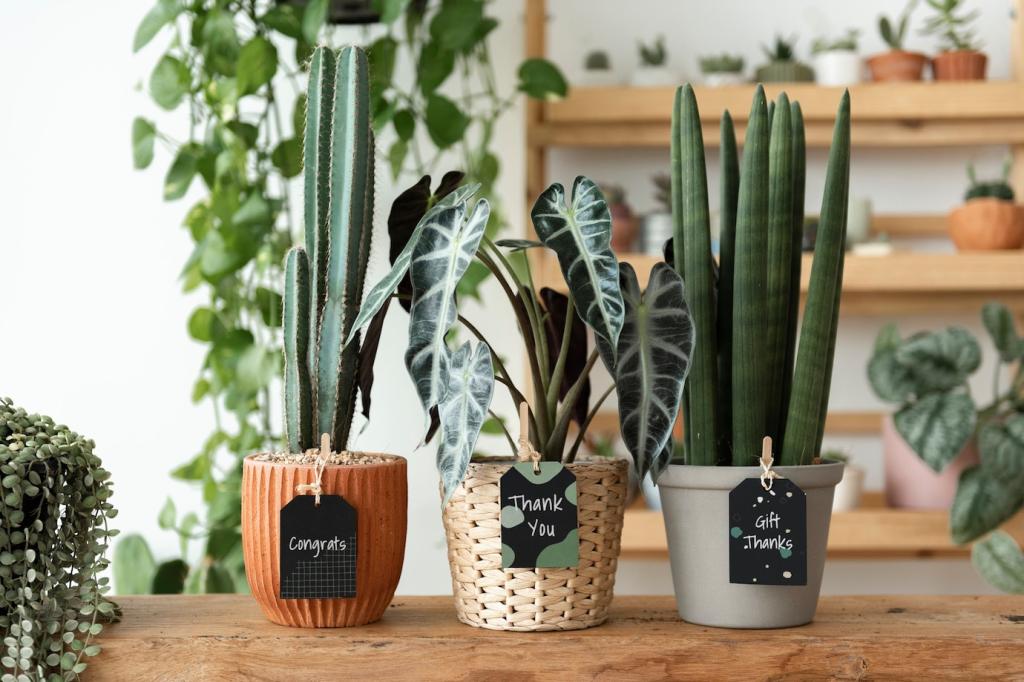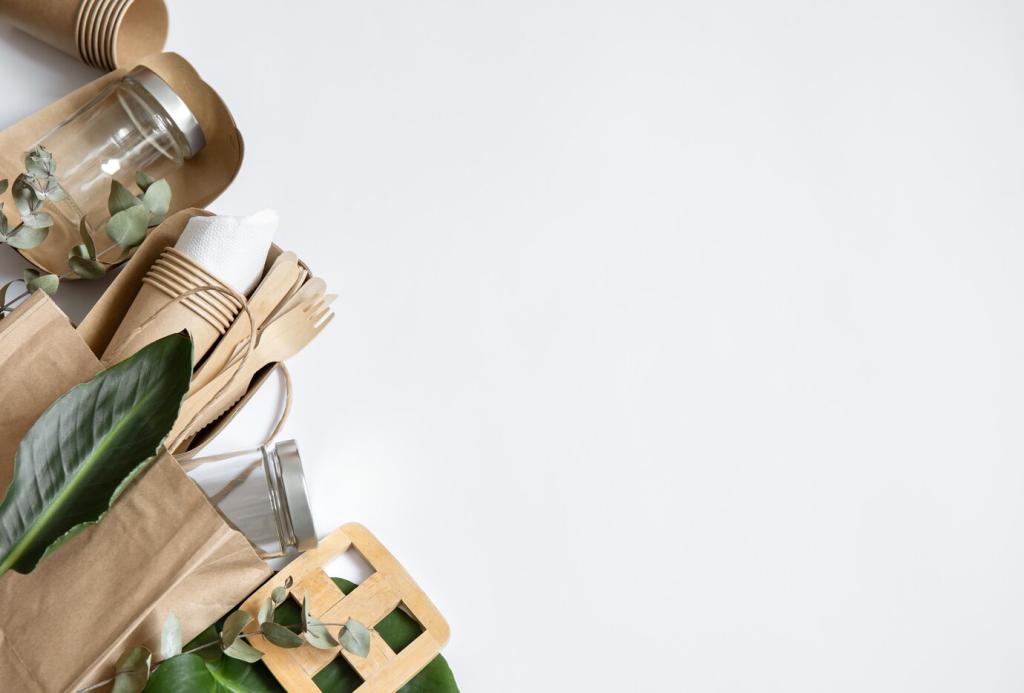Techniques That Tell Stories: Pattern and Process
Bind, stitch, and clamp create rivers of light and shadow in indigo. I still smile recalling the moment a stitched spiral unfurled into a galaxy of dots, proof that disciplined folds and playful curiosity can live happily on the same cloth.
Techniques That Tell Stories: Pattern and Process
Scatter petals, leaves, and bark across pre-mordanted fabric, roll tightly, steam gently, and wait. Coreopsis freckles, rose petals blush, and eucalyptus prints surprise with silvery ghosts. Share your favorite plants in the comments and compare seasonal results with fellow dyers.





